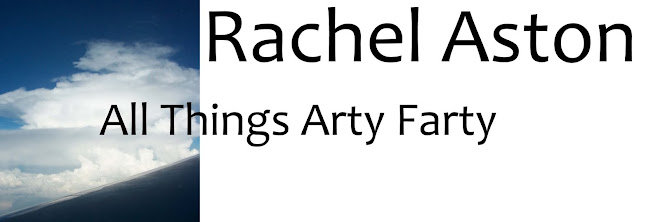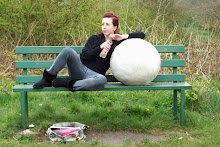












After studying the work of Crawford, I decided to take this work and my experimentation with rusting and analyse it.
I liked the way the patterns created could not be recreated in the same way again.
According to Barnes (2002)
"To produce work which looks just like its neighbour confirms children in the belief that there is a right way to do art" (Barnes, 2002, p6)
Last year i had a really experimental year with my art. Koster (2009) says that previous experience is an influence on children's art and it was on mine too. It was an activity that allowed me to explore and experiment with different ways of carrying out a process.
The fact that I experimented with different lace, amounts of water and locations, I believe supports the theory of E.P Torrance (1970)"Creativity is an ability to see a problem, form an idea to solve it and share the results" (E. P Torrence (1970) in Koster, (2009)
References
Barnes R (2002) Teaching art to Young Children 4 - 9. Second Edition. Routledge - Falmer. Oxon
Koster, J. B (2009) Growing artists 4th edition. Teaching the arts to Young Children. Cengage Learning. Delmar.


No comments:
Post a Comment